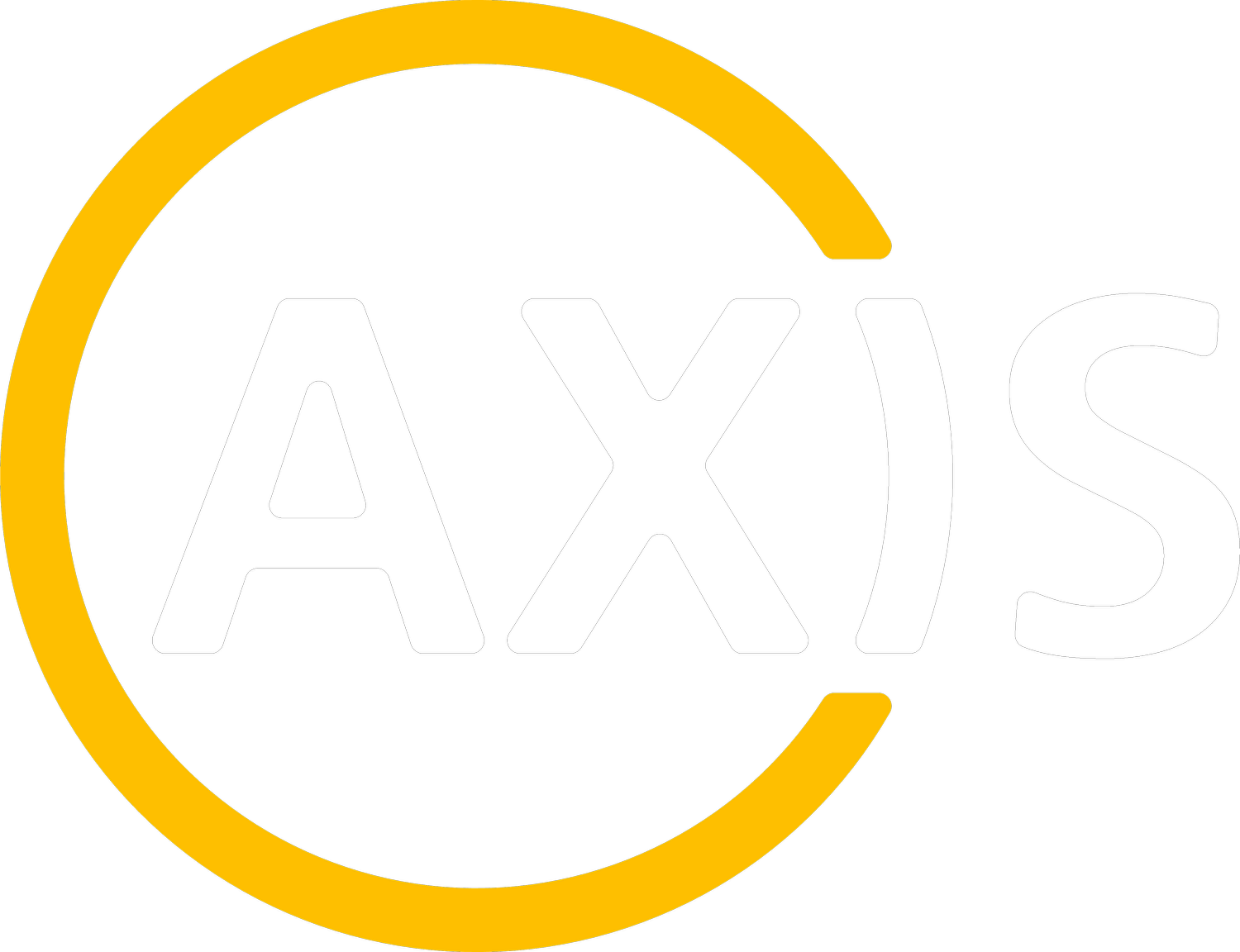Top 5 Virtual Learning Strategies for Energy Companies to Improve Workforce Compliance and Retention
Top 5 Virtual Learning Strategies for Energy Companies to Improve Workforce Compliance and Retention
The energy sector, including oil, gas, and renewables, is evolving rapidly, driven by shifting regulations, emerging technologies, and growing expectations around safety and sustainability. At the heart of this transformation lies the workforce: highly skilled professionals operating in dynamic, often high-risk environments. For energy companies, maintaining compliance and retaining top talent are mission-critical goals, and digital training offers a powerful tool to achieve both.
Virtual learning has moved beyond convenience; it’s now a strategic asset. By leveraging the right virtual training strategies, energy companies can improve safety outcomes, increase knowledge retention, and foster a culture of continuous learning. Here are five proven strategies energy firms can implement to improve compliance and employee engagement:
1. Create Role-Specific Learning Paths
One-size-fits-all training no longer cuts it, especially in a highly specialized industry like energy. Field technicians, drilling supervisors, engineers, and control room operators each have distinct responsibilities, risks, and compliance requirements.
Solution: Develop customized virtual learning paths tailored to different roles and certifications. Using a Learning Management System (LMS), companies can segment training modules by job function, regulatory needs, and experience level. This personalization not only ensures relevance but also helps employees feel that their time and career goals are respected—boosting both engagement and retention.
Example: A pipeline technician may need recurring training on spill response protocols, while a project manager might focus on environmental compliance and stakeholder communication.
2. Leverage Simulation-Based Learning for Safety Training
Energy work environments are often hazardous, making hands-on experience both critical and risky. Virtual reality (VR) and 3D simulations provide safe, realistic environments for training without real-world consequences.
Solution: Use immersive simulations to recreate high-stakes scenarios like blowouts, equipment malfunctions, or confined-space entry. These experiences enhance situational awareness, reinforce proper procedures, and allow learners to practice split-second decision-making in a no-risk setting.
Benefits: Simulation-based learning improves memory retention, reduces on-the-job incidents, and shortens the time needed to reach operational readiness.
3. Incorporate Microlearning for Continuous Compliance
Regulatory compliance is not a one-and-done process—it's ongoing. Yet long, infrequent training sessions can lead to disengagement and poor retention.
Solution: Break down complex topics into short, digestible microlearning modules. These 5- to 10-minute lessons can cover regulatory updates, SOPs, equipment handling, and more. Microlearning works well on mobile devices, enabling employees to access training during downtimes or on-site breaks.
Tip: A weekly compliance tip delivered through a short video or interactive quiz can help reinforce key points and support long-term knowledge retention.
4. Track Learning Progress with Data-Driven Dashboards
Training without measurement is guesswork. To ensure compliance and identify at-risk employees or teams, energy companies need robust analytics.
Solution: Use LMS dashboards and reporting tools to track learner progress, certification status, assessment results, and course completion rates. Dashboards can also help pinpoint which modules are most effective, and which need updating.
Compliance Support: In the event of an audit or incident, having detailed digital records of training history helps demonstrate due diligence and regulatory adherence.
5. Foster a Culture of Learning Through Social and Peer-Based Platforms
People learn best from other people, especially in complex fields like energy where tribal knowledge and experience play a huge role.
Solution: Introduce social learning elements such as forums, mentorship chats, discussion boards, and peer feedback tools within your virtual training platform. Encourage experienced workers to share insights, safety tips, or walkthroughs of best practices.
Tip: Recognize and reward peer contributions to promote knowledge sharing and create internal champions for your training program.
As regulatory demands tighten and the need for skilled workers grows, energy companies must rethink how they train and retain talent. Virtual learning isn’t just a modern convenience, it’s a competitive advantage.
By implementing role-specific learning paths, immersive simulations, microlearning modules, data-driven tracking, and social engagement features, energy companies can create training ecosystems that are not only compliant but also dynamic and motivating.
When employees feel that training is relevant, accessible, and enriching, they’re more likely to stay engaged, perform safely, and remain loyal to the organization.
Here at Axis, we specialize in helping energy companies build scalable, industry-aligned virtual training programs that drive results. Ready to boost your compliance and retention efforts? Contact us today to learn how we can help.

